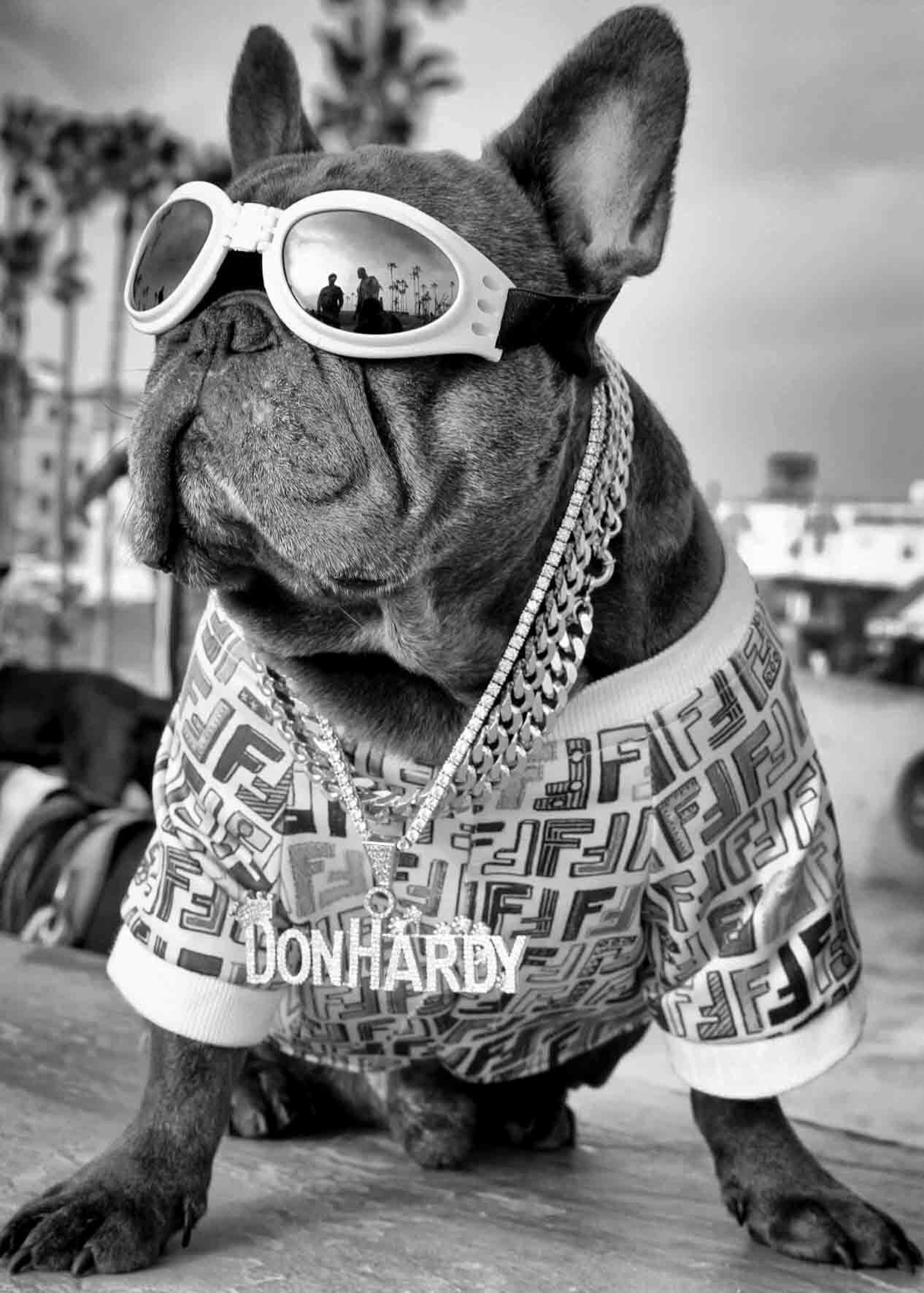What is the future of street photography?
- Text by Jackie Higgins
- Photography by Essop Twins

Within the confines of the city, residents are compelled to live in relatively close proximity and therefore, issues of inequality can become strikingly apparent. The desire to document injustices – whether between races, sexes or social strata – is perhaps particularly noticeable on the African continent.
Yto Barrada and A Life Full of Holes: The Strait Project

‘Le Détroit, Avenue d’Espagne’, Tangier, Morocco, 2000 by Yto Barrada, from A Life Full of Holes: The Strait Project, 1999–2003. Courtesy of the artist and Sfeir-Semler Gallery, Beirut/Hamburg.
The Moroccan artist considers the impact of the Shengen Area on her hometown of Tangier. Created in 1995, it restricts African access to Europe and has turned the Strait of Gibraltar into a Berlin Wall. Thousands of people each year try to cross it, some die trying, and Tangier has become the gateway, or in Barrada’s words, “the jumping off point of a thousand hopes.” In this series, she moves beyond traditional documentary by presenting snapshots of quotidian street scenes that resonate with symbolic significance. So in ‘Le Détroit, Avenue d’Espagne’, the empty expanse of tarmac facing the model ship hints at the expanse of sea that separates Morocco from Europe: the Strait.
Graeme Williams and A City Refracted

From A City Refracted by Graeme Williams, Johannesburg, South Africa, 2012–14
Williams explores how the once wealthy, white-only inner city of Johannesburg has changed after the end of Apartheid. The whites fled and now it is full of immigrants from all over Africa. “Certain districts and apartment blocks are now dominated by Nigerians, Ghanaians, Somalis, and immigrants from all over Africa,” he says. A City Refracted is a stark reminder of how not simply Johannesburg, but the whole country has failed to socially integrate; Williams concludes, “It refutes the dream of the Rainbow Nation.”
The Essop Twins

Essop Twins - ’Azaan’, Cape Town, South Africa, 2008
Hasan and Husain Essop were born and bred in Cape Town and raised as devout Muslims. Their work explores issues of identity, and specifically what it means to be an Islamic youth living in a secular society in Cape Town. They stage themselves for the camera, taking multiple exposures, which they then superimpose in complex digital compositions. They explain, “This is how we see the clash between east and west, which exists simultaneously in our bodies. It’s our struggle.”
Jackie Higgins is the author of The World Atlas of Street Photography, published by Thames & Hudson.
Check out Part 2: Europe – Voyeurism And Surveillance.
Latest on Huck

Is skateboarding really a subculture anymore?
With skate’s inclusion in the Olympics, Kyle Beachy asks what it means for the culture around the sport, and whether it’s possible to institutionalise an artform.
Written by: Kyle Beachy

Autism cannot be cured — stop trying
A questionable study into the ‘reversal’ of autism does nothing but reinforce damaging stereotypes and harm, argues autistic author Jodie Hare.
Written by: Jodie Hare

Bristol Photo Festival returns for second edition
After the success of it’s inaugural run, the festival returns this autumn with exhibitions, education and community programmes exploring a world in constant motion through still image.
Written by: Ben Smoke

Documenting the life of a New York gang leader paralysed by gun violence
New photobook ‘Say Less’ is a complex yet humanising look into a life wrecked by gun violence and organised crime.
Written by: Isaac Muk

The woman who defined 80s Hip Hop photography
A new exhibition brings together Janette Beckman’s visionary and boundary pushing images of an era of cultural change and moral panic.
Written by: Miss Rosen

In photos: the dogs of Dogtown
A new photobook documents Venice Beach’s four legged friends and their colourful cast of owners.
Written by: Isaac Muk